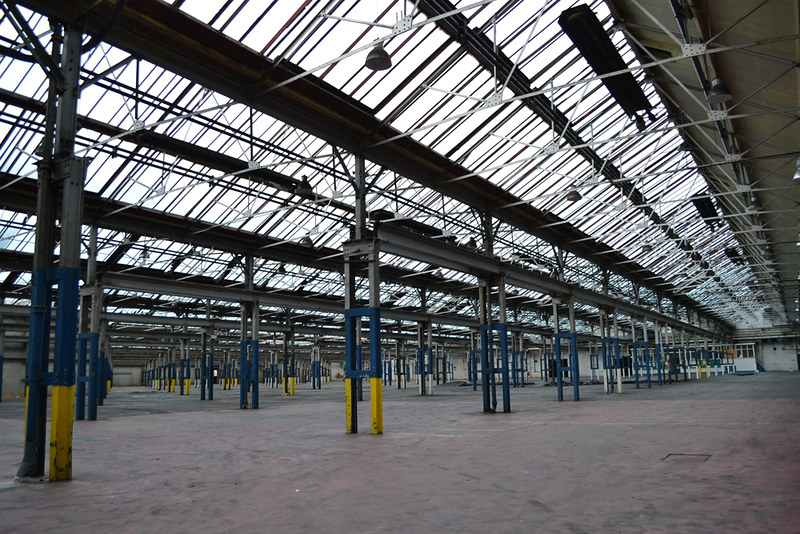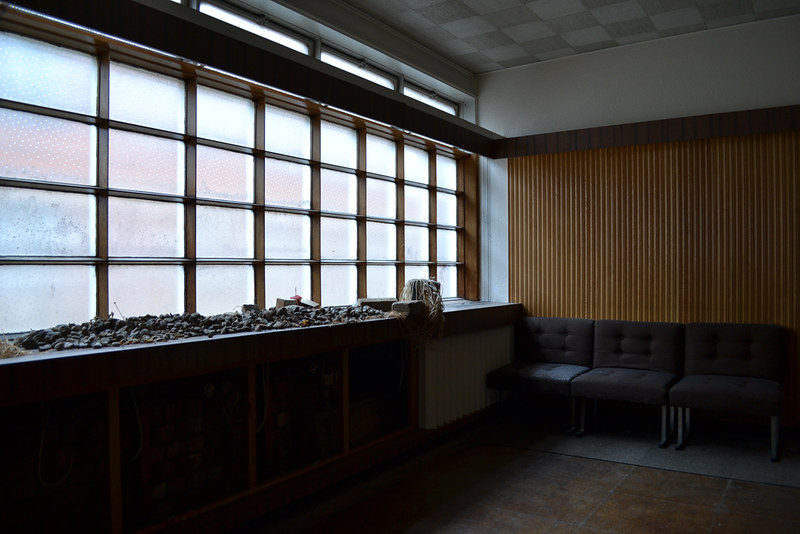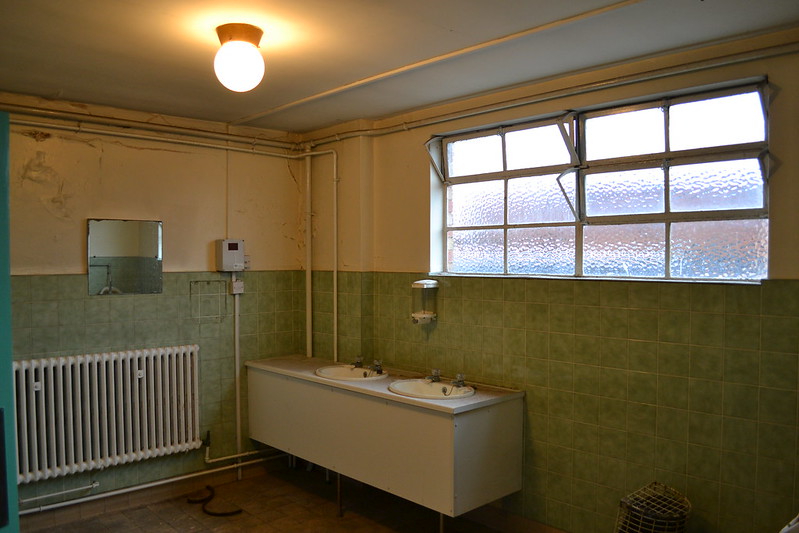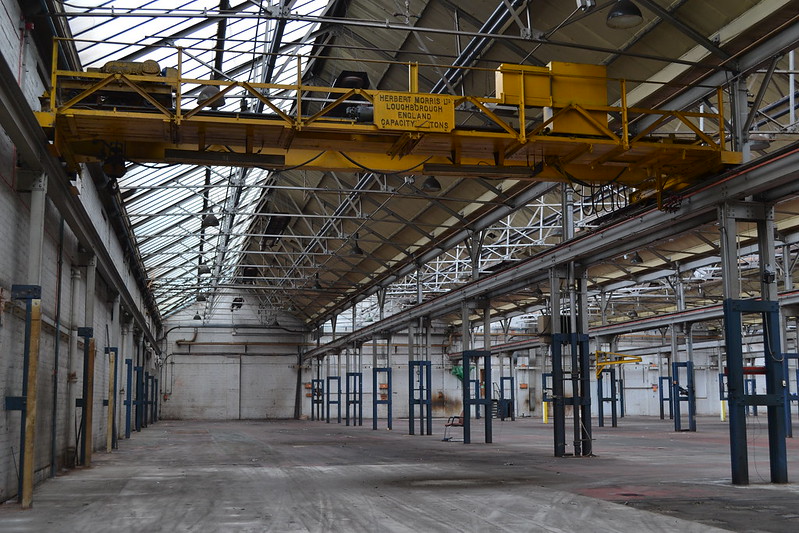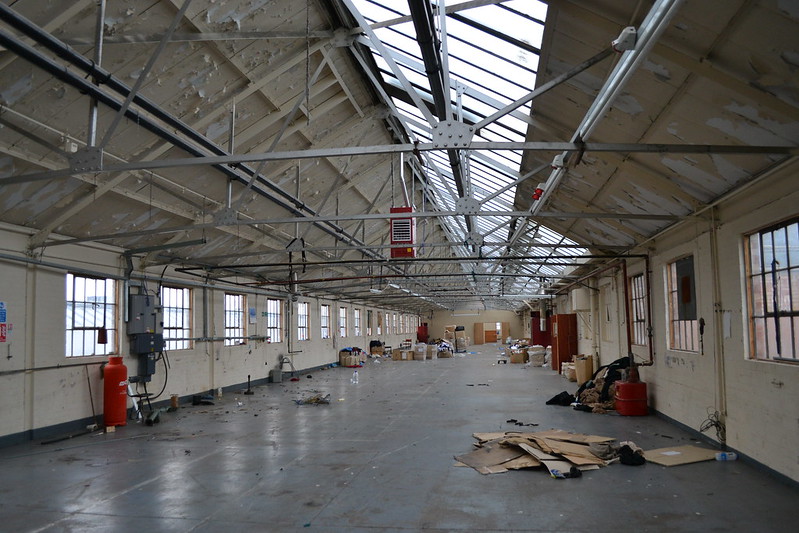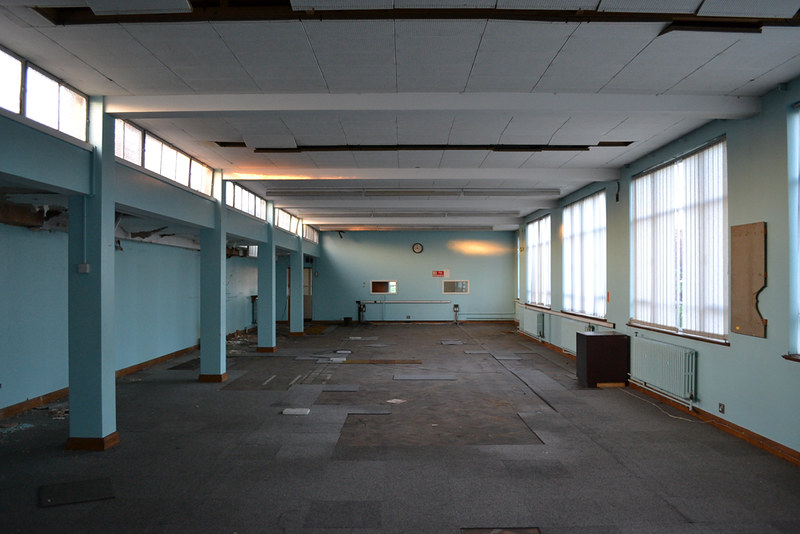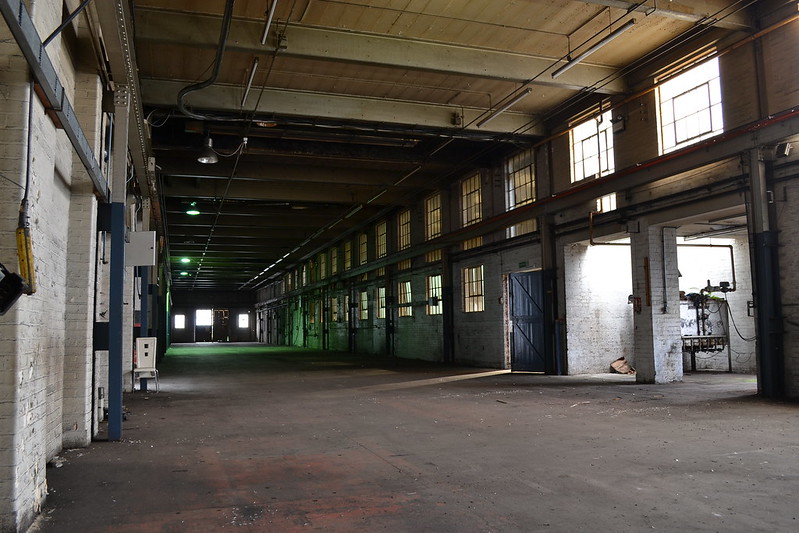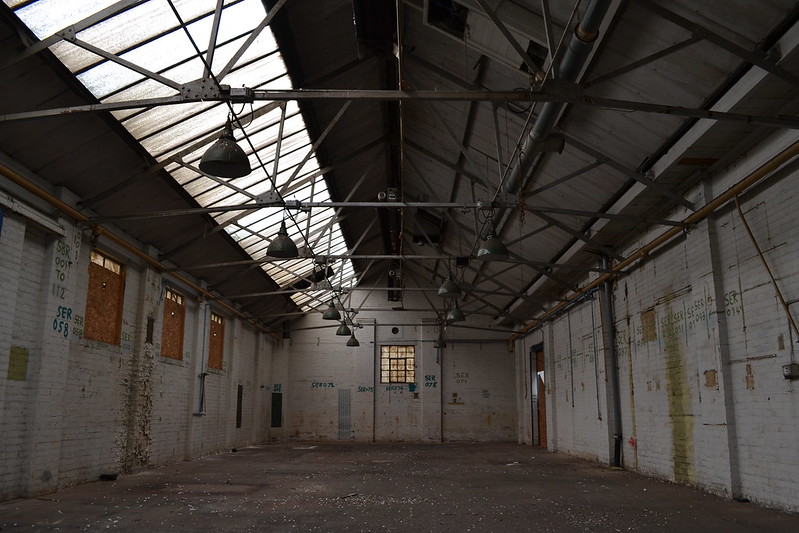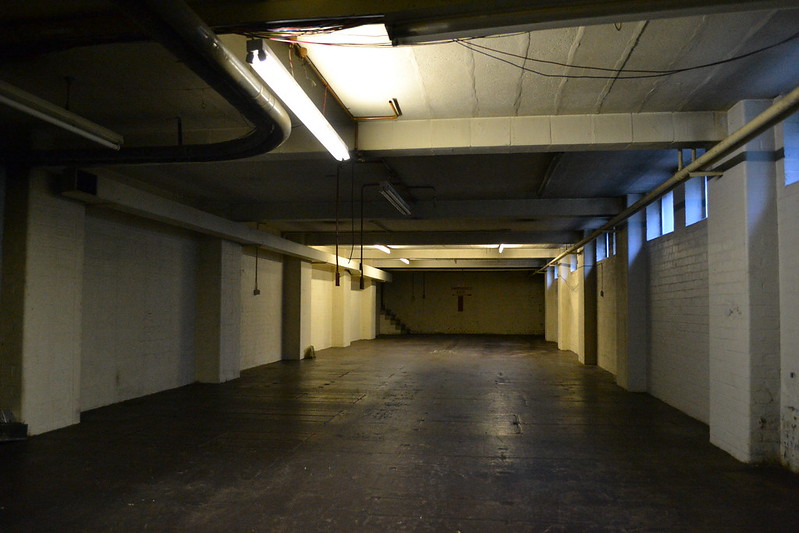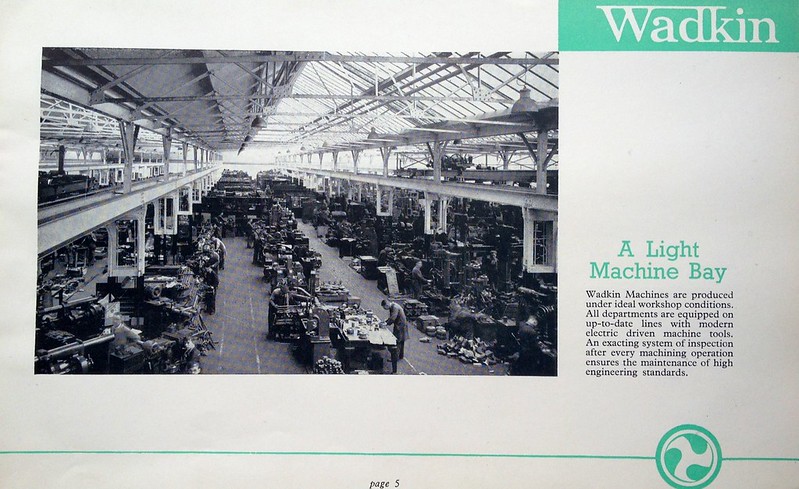The Wadkin story stretches over ten decades and was established in 1897, the year of Queen Victoria’s Diamond Jubilee, and has become to date one of the most successful manufacturers of woodworking machines in the world. The company originally had 16 subsidiary companies and divisions employing over 1800 people. Wadkin is now situated in Nottingham, under the new ownership of A L Dalton Ltd - a superb state of the art facility in which an unrivalled offering of machine viewing and live demonstrations across stock machinery takes place, a highly skilled technical and sales team on hand to offer support and advice on every aspect of Wadkin is on offer every day.
Wadkin History
In 1897 John Wadkin founded the company alongside his brother in law Mr W Jarvis. The company was formed following an idea to invent a machine that would be so versatile that it could carry out operations that were originally done by hand. John Wadkin titled this machine, "a pattern milling machine" The partnership was not successful and Mr Wadkin eventually left the company. Mr Jarvis then acquired the help of Mr Wallace Goddard with the intention to expand the business.
Mr Jarvis became acquainted with a Greek gentleman by the name of Ionades who invented an advanced carburettor. General Motors in the US confirmed that they were interested and invited Mr Jarvis for a meeting to discuss, which led to Mr Jarvis booking a place on the Titanic as a means of travel and the disastrous result that he went down with the ill-fated liner.
This left Mr Wallace Goddard with a business in Leicester and no-one to run it. Luckily he had a son that took charge and this continued until 1927 when Mr J Wallace passed away.
The 1914-1918 war saw the Government ask Wadkin for help to develop a machine that could turn out wooden propellers for the R.A.F. at a high-speed rate. After the war the demand for woodworking machinery was at a tremendous upsurge.
In the 1920's the development of the integral electric drive led to the introduction of more efficient types of woodworking machines. Wadkin pioneered high production machines that operated at much higher speeds than before and had better finished woodwork.
Throughout the 1930's Wadkin extended their range and entered the high technology market and began making larger, high production woodworking machines such as moulders and double ender machines.
The first Wadkin numerically controlled machine was produced in 1956 and the machine proved to be successful and generated much interest from the industry.
today the massive factory stands mostly empty since to service department moved,
these are my pictures from 2011 to last year, from visits with most of leicesters explorers

main2 by M D Allen, on Flickr

70's-style boardroom by M D Allen, on Flickr

bathroom by M D Allen, on Flickr

black-and-white by M D Allen, on Flickr

car-club by M D Allen, on Flickr

curtains by M D Allen, on Flickr

factory by M D Allen, on Flickr

foreman by M D Allen, on Flickr

ledger by M D Allen, on Flickr

foremans by M D Allen, on Flickr

old-photos by M D Allen, on Flickr

mda by M D Allen, on Flickr
another air raid shelter off the list

shelter by M D Allen, on Flickr

foremans by M D Allen, on Flickr

flooring by M D Allen, on Flickr

bridge by M D Allen, on Flickr

glass by M D Allen, on Flickr

chairmans- by M D Allen, on Flickr

letters by M D Allen, on Flickr
more on flickr
Wadkin History
In 1897 John Wadkin founded the company alongside his brother in law Mr W Jarvis. The company was formed following an idea to invent a machine that would be so versatile that it could carry out operations that were originally done by hand. John Wadkin titled this machine, "a pattern milling machine" The partnership was not successful and Mr Wadkin eventually left the company. Mr Jarvis then acquired the help of Mr Wallace Goddard with the intention to expand the business.
Mr Jarvis became acquainted with a Greek gentleman by the name of Ionades who invented an advanced carburettor. General Motors in the US confirmed that they were interested and invited Mr Jarvis for a meeting to discuss, which led to Mr Jarvis booking a place on the Titanic as a means of travel and the disastrous result that he went down with the ill-fated liner.
This left Mr Wallace Goddard with a business in Leicester and no-one to run it. Luckily he had a son that took charge and this continued until 1927 when Mr J Wallace passed away.
The 1914-1918 war saw the Government ask Wadkin for help to develop a machine that could turn out wooden propellers for the R.A.F. at a high-speed rate. After the war the demand for woodworking machinery was at a tremendous upsurge.
In the 1920's the development of the integral electric drive led to the introduction of more efficient types of woodworking machines. Wadkin pioneered high production machines that operated at much higher speeds than before and had better finished woodwork.
Throughout the 1930's Wadkin extended their range and entered the high technology market and began making larger, high production woodworking machines such as moulders and double ender machines.
The first Wadkin numerically controlled machine was produced in 1956 and the machine proved to be successful and generated much interest from the industry.
today the massive factory stands mostly empty since to service department moved,
these are my pictures from 2011 to last year, from visits with most of leicesters explorers

main2 by M D Allen, on Flickr

70's-style boardroom by M D Allen, on Flickr

bathroom by M D Allen, on Flickr

black-and-white by M D Allen, on Flickr

car-club by M D Allen, on Flickr

curtains by M D Allen, on Flickr

factory by M D Allen, on Flickr

foreman by M D Allen, on Flickr

ledger by M D Allen, on Flickr

foremans by M D Allen, on Flickr

old-photos by M D Allen, on Flickr

mda by M D Allen, on Flickr
another air raid shelter off the list

shelter by M D Allen, on Flickr

foremans by M D Allen, on Flickr

flooring by M D Allen, on Flickr

bridge by M D Allen, on Flickr

glass by M D Allen, on Flickr

chairmans- by M D Allen, on Flickr

letters by M D Allen, on Flickr
more on flickr




